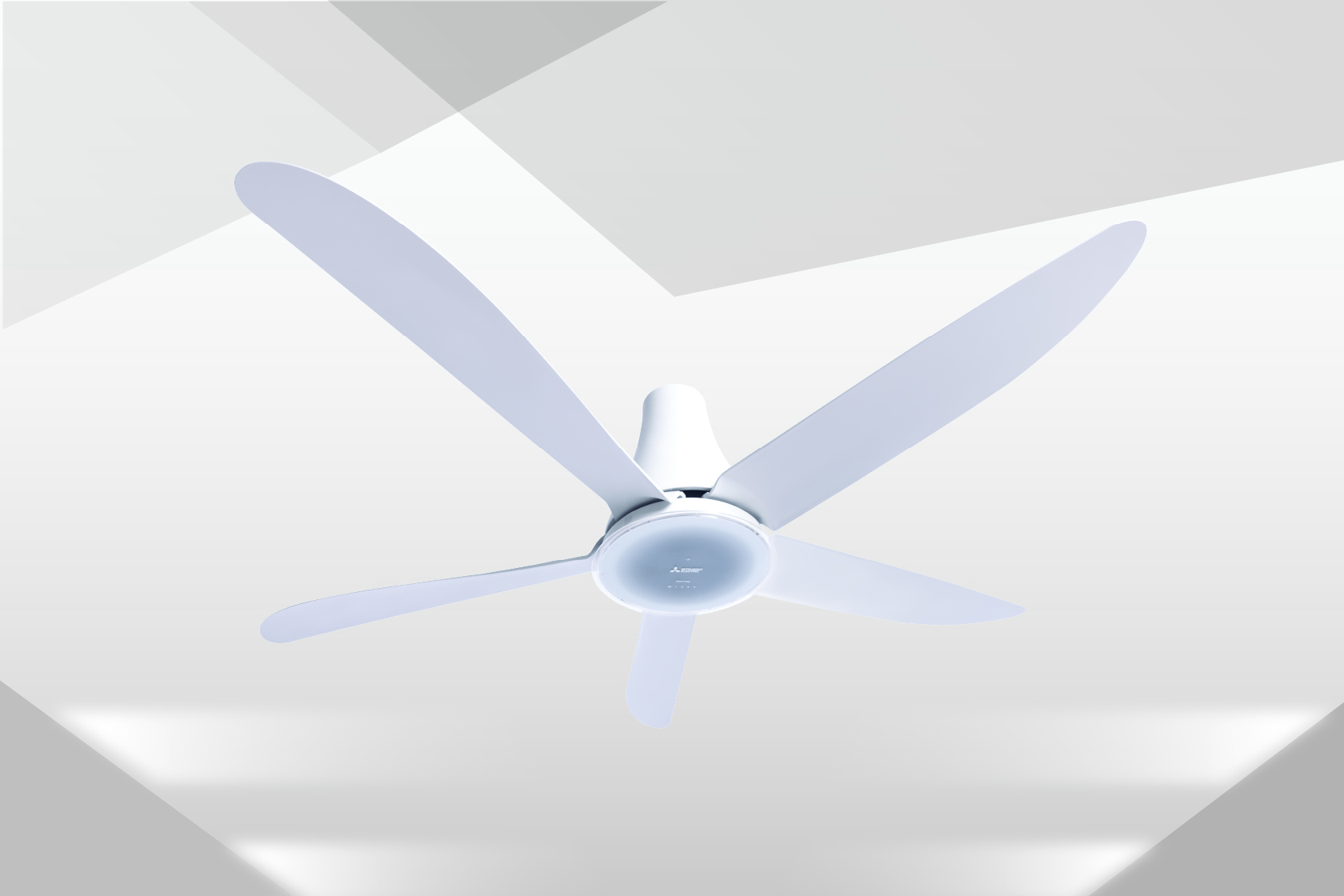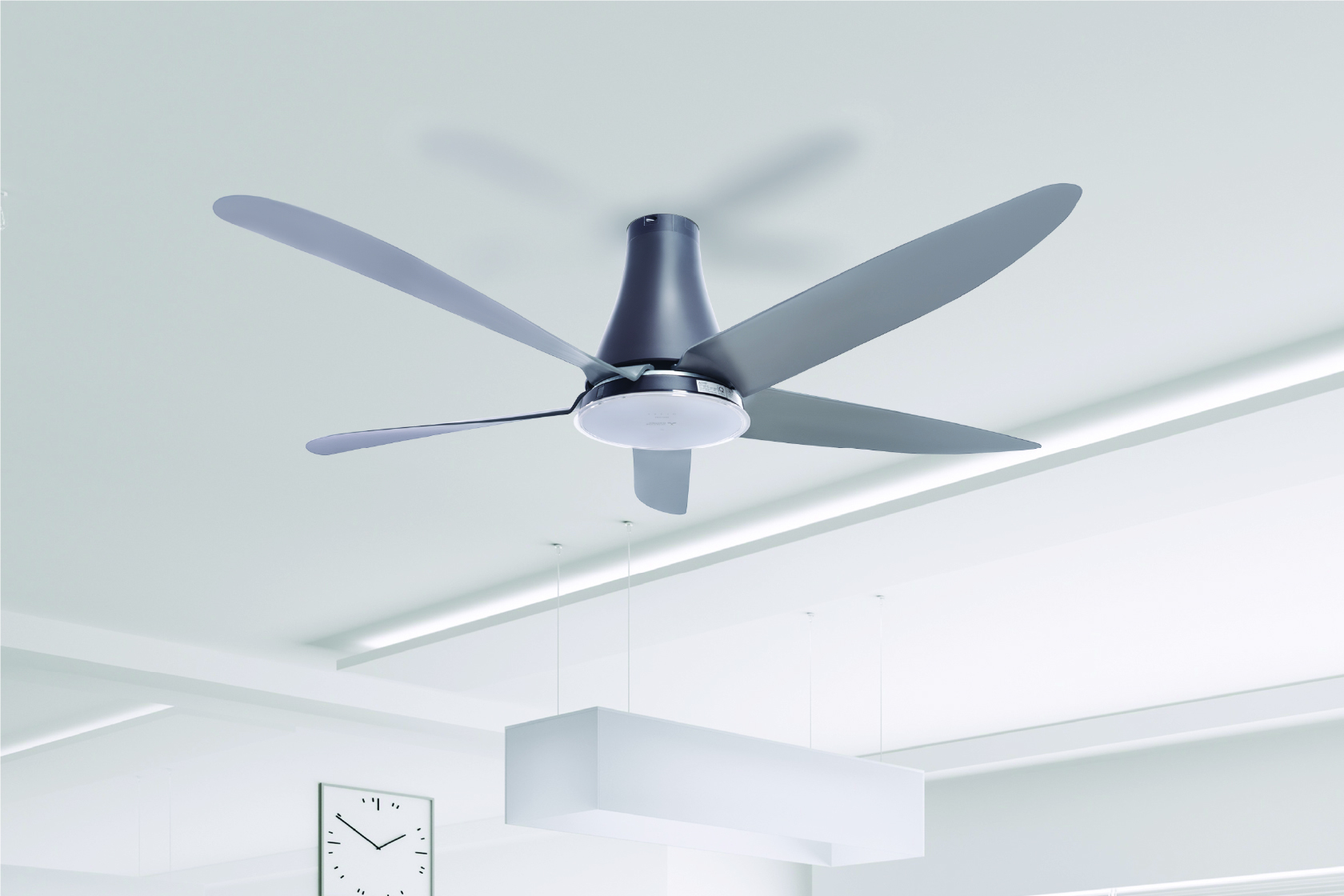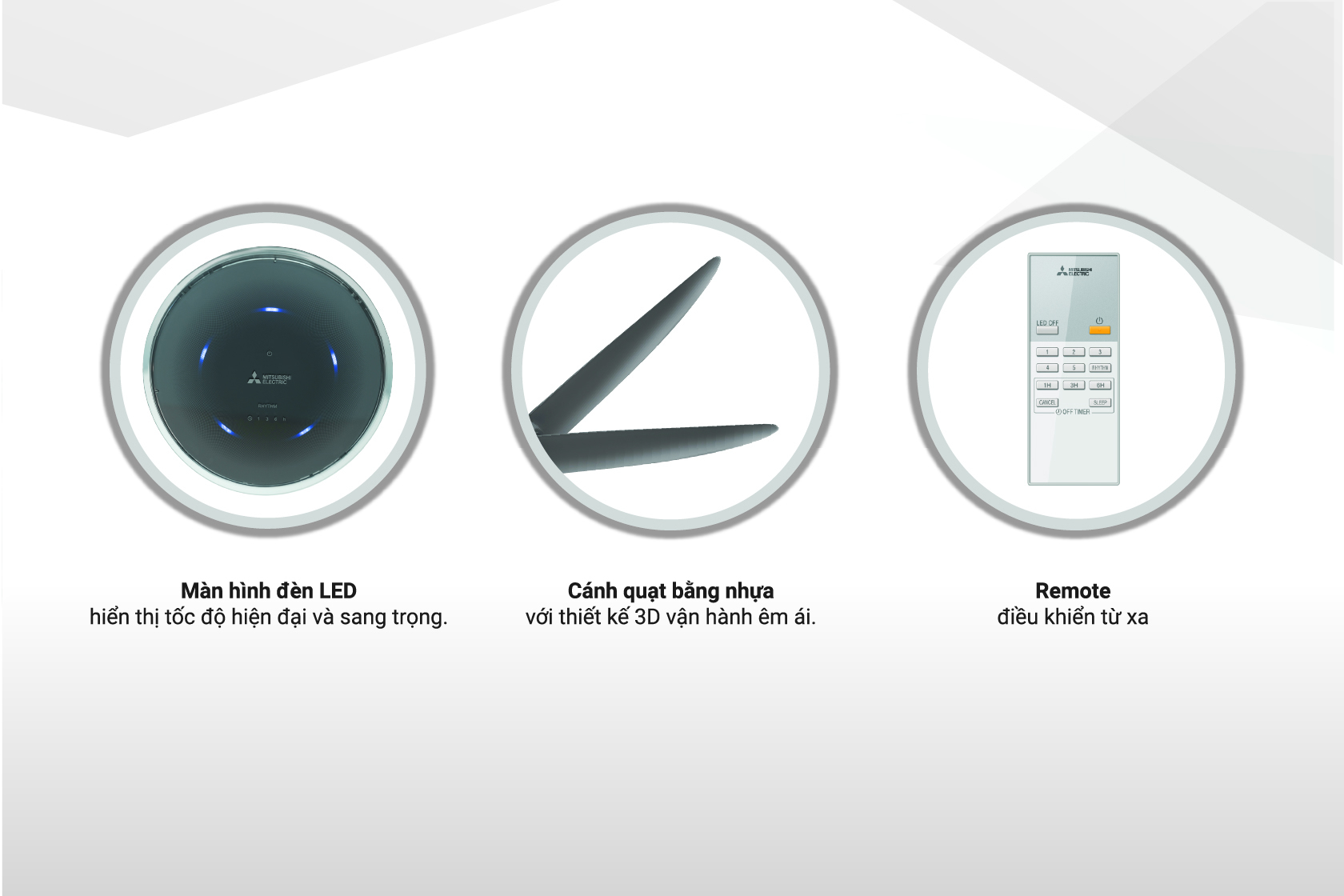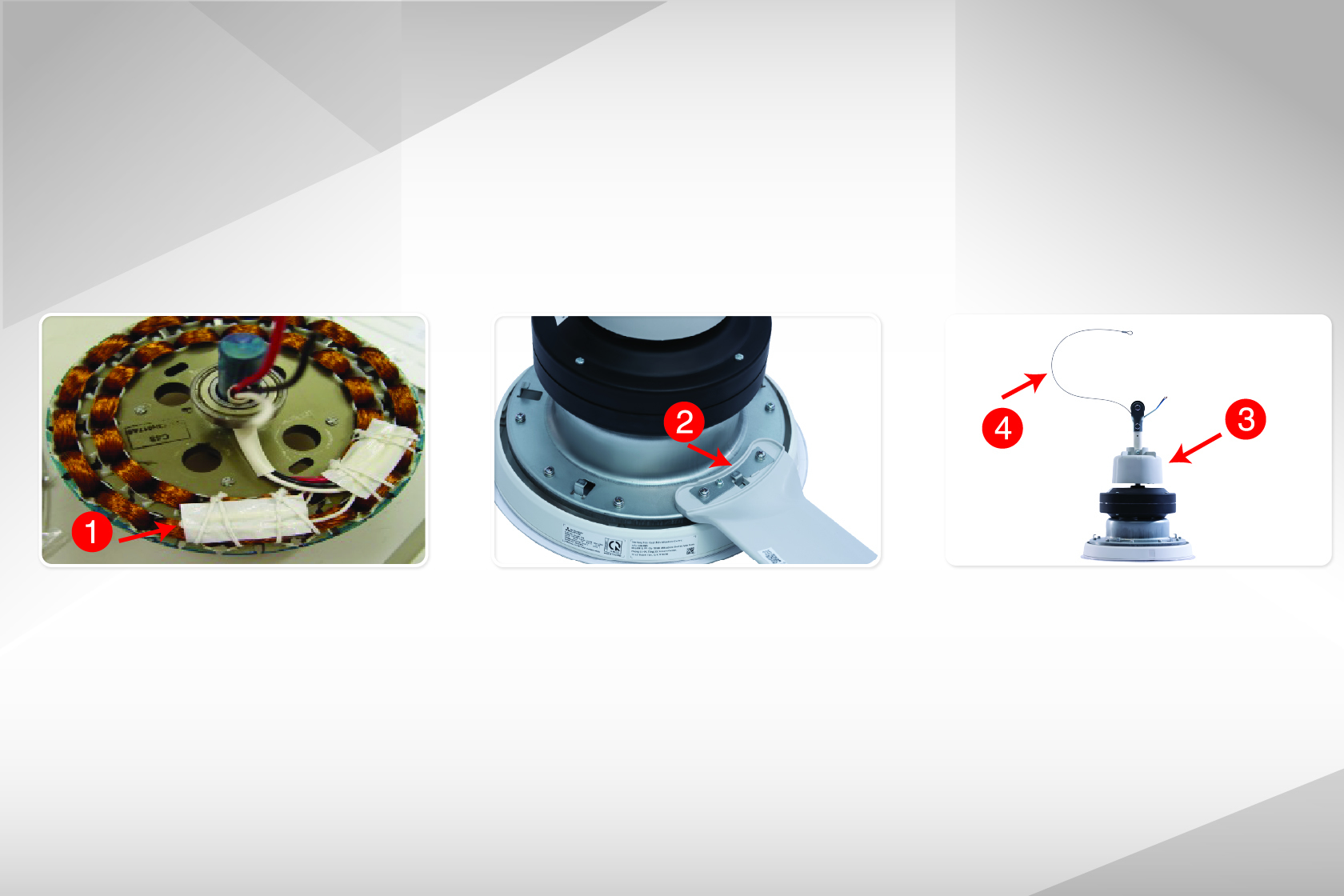Common Mistakes to Avoid When Using Ceiling Fans
Nowadays, ceiling fans are not only used for cooling and improving air circulation to create a comfortable environment for users but also serve as decorative elements in living rooms, dining rooms, and more. They offer an economical alternative to air conditioning units. However, users might still make mistakes when buying and using these devices, which can make the ceiling fan unsafe, prone to damage, and consume excessive energy, as follows:

- Prioritizing Price Over Product Quality from Reputable Brands
The price of a product often reflects its quality and the brand's reputation. Therefore, choosing to invest in products of good quality rather than opting for cheaper alternatives is a wise decision. This means you are investing in a safe and durable addition to your home.
- Installing the Fan at the Wrong Height
Ceiling fans should not be mounted too low (no lower than 2.3 meters) to ensure safety for users. The recommended height for ceiling fan installation is between 2.5 to 2.7 meters from the floor to the fan. At this height, the ceiling fan can efficiently perform its air circulation and cooling functions.
- Incorrect Fan Spacing
A ceiling fan should be installed at a minimum distance of 1.4 meters from the nearest wall (measured from the fan's center). If using multiple fans, ensure they are at least 3 meters apart.
Avoid mounting the fan off-center in the room, as it will compromise aesthetics and cooling efficiency, only cooling a specific area. If the room is large, consider installing two ceiling fans with a minimum distance of 3 meters between them. Typically, it is best to position the fan in the center of the room, allowing it to evenly circulate air and create a cooling breeze throughout the space. Avoid placing the fan above the bed, as per Feng Shui, this is considered an unfavorable position, leading to unease and restlessness for the person lying beneath it, potentially affecting sleep quality and causing headaches.
Note: In living rooms or dining areas, you can use both a ceiling fan and an air conditioner. Using an air conditioner can cause cool air to accumulate near the floor, pushing warm air upwards. Adding a ceiling fan in a room with air conditioning will help distribute cool air evenly, resulting in faster room cooling, improved air conditioner efficiency, and reduced electricity consumption.
Therefore, when turning on the air conditioner, let the ceiling fan run for the first 15-20 minutes to enhance heat distribution in the room. Before turning off the air conditioner, run the ceiling fan for 30 minutes to maintain a cooler room for a longer duration.
- Improper Fan Cleaning
While cleaning the ceiling fan, avoid bending the fan blades, as it may lead to wobbling. Do not use gasoline or oil to clean the fan blades. Instead, use soap and water for cleaning and wipe with a soft cloth. Regularly inspect the fan every year, checking the screw joints, the position between the blades and the hanging bracket, the safety cable, and other parts. If any issues arise, contact the Mitsubishi Electric service center for inspection and repair.
In Conclusion
To ensure safety and the longevity of your ceiling fan, choose a product from a reputable and transparent brand. The product should have a design focused on safety, and professional advice and installation should be available. Mitsubishi Electric ceiling fans, equipped with a safety cable from the fan body to the ceiling, are designed to ensure the utmost safety for users in all circumstances.
Mitsubishi Electric's ceiling fan models, C56-RA4 (4 blades) and C56-RA5 (5 blades) are popular choices among consumers.

The C56-RA5 ceiling fan is designed with an elegant appearance.

Mitsubishi Electric's C56-RA4 and C56-RA5 ceiling fans, with a blade diameter of 140 cm, have a modern design suitable for various spaces in the home, especially in living rooms, dining rooms, or office spaces. The fans feature a timer that can be set to turn off after 1, 3, or 6 hours and an automatic fuse that disconnects the power in case of overload, ensuring efficient energy usage.
Furthermore, with four high-quality safety features pre-designed, these fans provide an absolute sense of safety when in use

- Thermal fuse: The fan will automatically shut down in case of motor overheating.
- Safety lock: It protects against accidents involving loose screws when not securely fastened.
- Safety switch: In case of any mishaps, the switch will automatically cut off the power supply.
- Safety cable: Ensures the fan does not fall down."
To learn more about the electric fans, please visit link HERE






